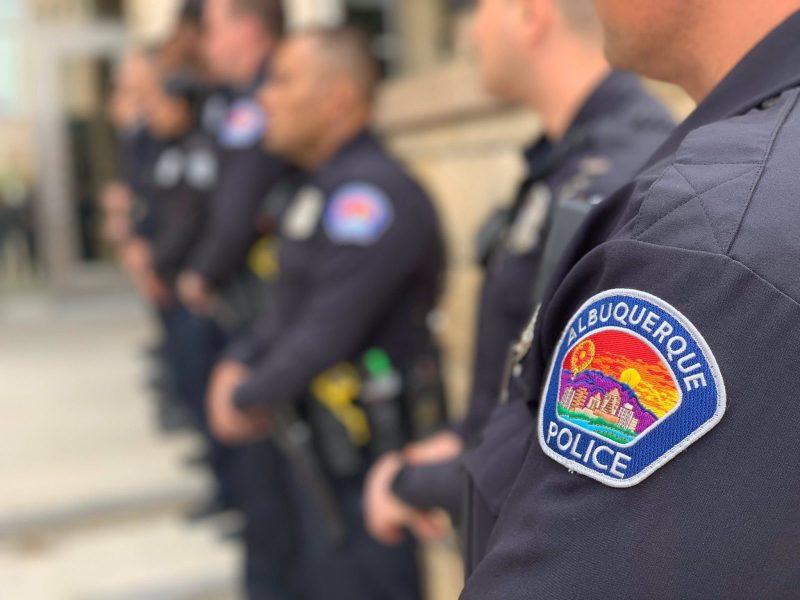
Last week, the Albuquerque Police Department released crime statistics for January-August 2023. The data showed crimes have gone down in five categories but have increased in another five categories.
Here’s the good news: the Duke City has made some progress in fighting persistently high crime rates in categories like homicide, robbery, burglary and vehicle theft. These rates are down:
- Homicide: -22%
- Robbery: -42%
- Burglary/breaking and entering: -19%
- Motor vehicle theft: -13%
- Larceny/theft: -3%
The statistics show that, as of October 27, we’ve seen 85 homicide victims; this time last year, Albuquerque had reached a shocking 109 homicides citywide.
However, we still have our work cut out for us. Even with these decreases, our state’s crime – to which the greater Albuquerque metro area heavily contributes – is still too high, with a 2022 per-capita homicide rate nearly double the national average; the FBI’s Crime Data Explorer shows New Mexico’s violent crime rate is more than twice the national rate. We’ll need a steeper trend to drop below our neighboring states’ rates or the national average, meaning it’s imperative we continue to push these crime rates down.
And, with businesses moving away from Albuquerque’s International District, the unfortunate epicenter of some of our most violent crime, the stakes are high. In recent months, Wal-Mart, Walgreens, and Allsups have announced location closures in this area. While their spokespeople have denied crime played a role in the decision, it would be hard to blame them if retail theft and safety concerns weighed significantly in their cost-benefit analysis. We can and must do better – for the sake of our victims and their families, our businesses, and the residents who rely on those services.
Meanwhile, there are some troubling increases in other categories. The latest data shows a whopping 139% increase in drug and narcotic offenses and a 24% increase in weapon violations. These are the five categories with increases:
- Drug/narcotic offenses: +139%
- Weapon violations: +24%
- Stolen property offenses: +11%
- Aggravated offenses: +6%
- Destruction/damage/vandalism: +2%
APD has some possible explanations for the worst spikes. More ShotSpotter coverage in the city means more officers are dispatched when a gunshot is detected, and each dispatch in response to a detection is counted in the weapon violations category. Meanwhile, more concerted drug enforcement, spurred by a continued surge of fentanyl into our state, means more charges for drug offenses.
These explanations are related to some systemic weaknesses. Our local law enforcement needs more investments in crime-fighting technology and equipment, like ShotSpotter – they especially need more private cameras connected to the Real Time Crime Center to help deter and solve crime. Law enforcement is also looking to state leaders to increase penalties for the trafficking of fentanyl to keep the deadly drug off our streets and help stop its surge across New Mexico’s southern border.
The Chamber has emphasized these as areas of focus for our public safety work for a number of years now, and we’re not letting up. More resources are evidently needed – and with yet another record-breaking surplus of state funds, securing these vital resources should be easier than ever. These priorities will be front and center for us in the 2024 legislative session.
Our sworn officers, detectives, prosecutors and civilian support within our law enforcement entities and justice system work tirelessly to make our city safer, and the progress this data shows us is worthy of recognition and celebration. Kudos to the men and women, the hardworking professionals, behind these numbers. Most of us can’t imagine what it takes to do your job, day in and day out.
And now, keep going. Keep fighting to make Albuquerque safer, and we’ll keep fighting to get our law enforcement agencies the tools, like technology and laws, they need to succeed.



